
How Fast Does a 48V 1500W Electric Bike Go? Speed, Performance, and Real-World MPH
Main keyword: how fast does a 48v electric bike go
Meta Title: How Fast Does a 48V 1500W Electric Bike Go? Discover Speeds, Performance & Tips
Meta Description:
When it comes to electric bikes, one of the most common questions is: “How fast can a 48V 1500W electric bike go?” Understanding the performance of a 48V 1500W motor is essential for riders who want to maximize speed, efficiency, and overall riding experience. Unlike lower-powered e-bikes, a 48V 1500W system provides enough power to handle city commuting, moderate off-road trails, and hilly terrain, offering both reliable acceleration and a satisfying top speed.
In this article, we’ll break down everything you need to know about 48V 1500W e-bikes, including typical speeds, factors that affect performance, real-world riding conditions, and tips for maximizing your e-bike’s potential. Whether you’re a daily commuter, recreational rider, or simply curious about electric bike performance, this guide will give you a clear understanding of what a 48V 1500W electric bike can deliver.
Understanding 48V 1500W Electric Bikes
What Is a 48V 1500W Electric Bike?
A 48V 1500W electric bike is powered by a 48-volt battery and a 1500-watt motor, offering a strong balance of speed, torque, and efficiency. The voltage determines the electrical potential supplied to the motor, while the wattage measures how much power the motor can produce. Compared to lower-powered systems, such as 36V or 24V e-bikes, a 48V 1500W setup delivers higher acceleration, better hill-climbing ability, and a more consistent top speed. This makes it ideal for urban commuting, recreational riding, and moderate off-road use.
How a 48V 1500W Motor Works
The 48V 1500W motor converts electrical energy from the battery into mechanical energy to propel the bike forward. The motor’s efficiency plays a key role in determining speed and performance: higher-efficiency motors provide smoother acceleration and can maintain top speed longer with less energy loss. This combination of voltage, wattage, and efficiency allows a 48V 1500W e-bike to handle varying terrain and rider weight while delivering reliable and consistent performance.
How Fast Can a 48V 1500W Electric Bike Go?
Typical Top Speed on Flat Terrain
On flat, smooth roads, a 48V 1500W electric bike typically reaches a top speed of 20–28 MPH (32–45 KPH). The actual speed depends on both the rider’s weight and the weight of the bike itself. Lighter riders and lighter e-bike setups allow the motor to reach higher speeds more easily, while heavier riders or bikes may experience slightly reduced top speeds. This speed range provides a good balance of acceleration, control, and efficiency for everyday commuting or casual rides.
Real-World Speed Variations
In real-world conditions, the top speed of a 48V 1500W electric bike can vary. Uphill terrain, strong headwinds, or rough surfaces can reduce speed, while downhill slopes or tailwinds may temporarily increase it. Urban riding typically prioritizes smooth acceleration and safe handling, whereas off-road or recreational paths may slightly limit top speed due to uneven terrain. Understanding these variations helps riders set realistic expectations for performance in different environments.
Factors Affecting Speed of a 48V 1500W Electric Bike
Motor Efficiency
The efficiency of a 48V 1500W motor is a key factor in determining acceleration and top speed. Brushless motors are generally more efficient than brushed motors, converting more electrical energy into mechanical energy with less power loss. Higher efficiency allows the e-bike to reach and maintain its top speed more effectively, providing smoother acceleration and better overall performance, especially on longer rides or when tackling inclines.
Rider and Vehicle Weight
The combined weight of the rider and the bike significantly impacts speed. Heavier riders or bikes require more power to reach the same speed, which can reduce top-end performance. Conversely, lighter setups allow the motor to work more efficiently, maximizing both acceleration and top speed. Riders can optimize performance by minimizing unnecessary cargo, choosing lighter components, and ensuring proper bike setup.
Terrain and Environmental Conditions
The type of terrain and environmental factors influence how fast a 48V 1500W electric bike can go. Flat, smooth roads allow the motor to reach its optimal speed, while uphill climbs, rough trails, or off-road conditions create more resistance and slow the bike down. Wind conditions also play a role: strong headwinds can reduce speed, while tailwinds may temporarily increase it. Understanding these conditions helps riders set realistic expectations for their e-bike’s performance.
Battery Voltage and Health
Battery condition is crucial for maintaining consistent speed and power. A fully charged and healthy 48V battery ensures the motor receives stable voltage, allowing it to operate at peak efficiency. Poorly maintained or weak batteries can lead to reduced acceleration, slower top speeds, and decreased overall performance. Regular charging habits and proper battery care are essential to keep the e-bike running at its best.
Real-World Speed and Performance of 48V 1500W Electric Bikes
Commuting and Urban Riding
In city conditions, a 48V 1500W electric bike typically reaches speeds of 20–28 MPH (32–45 KPH). Urban riding emphasizes smooth acceleration, maneuverability, and control, allowing riders to navigate traffic safely while maintaining consistent speed. The motor provides enough power to handle stop-and-go situations, uphill streets, and short bursts of speed for overtaking or merging, making these e-bikes ideal for daily commuting.
Off-Road and Recreational Riding
When riding off-road or on recreational trails, the terrain plays a significant role in performance. Uneven paths, dirt trails, and moderate inclines can reduce top speed but demand more torque from the motor. Riders may notice a trade-off between maintaining speed and controlling the bike on challenging surfaces. A 48V 1500W motor provides enough power to handle these conditions effectively, offering a balance of speed, stability, and responsiveness for recreational adventures.
How to Maximize the Performance of a 48V 1500W Electric Bike
Maintenance Tips
Proper maintenance is essential to keep a 48V 1500W electric bike performing at its best. Regular battery care ensures consistent voltage and power delivery, while maintaining tire pressure reduces rolling resistance and helps achieve higher speeds. Keeping the motor clean and free of debris ensures efficient operation and prevents unnecessary wear. Routine inspections and timely servicing of brakes, drivetrain, and electrical components also contribute to smoother performance and longer-lasting reliability.
Optional Upgrades for Higher Speed
For riders looking to increase top speed or overall performance, several upgrades can help. Installing a high-performance controller allows the motor to utilize power more efficiently, while better tires reduce rolling resistance and improve traction. Optimizing the bike’s setup, including wheel size and weight distribution, can also enhance acceleration and stability. These upgrades, combined with proper maintenance, help maximize the potential of a 48V 1500W e-bike for both commuting and recreational riding.
Conclusion
A 48V 1500W electric bike offers an excellent balance of speed, power, and efficiency, making it ideal for commuting, recreational riding, and light off-road adventures. With a typical top speed of 20–28 MPH (32–45 KPH), riders can enjoy fast, reliable performance while navigating city streets or moderate trails. However, actual speed depends on factors such as rider and vehicle weight, terrain, motor efficiency, and battery health, so understanding these variables helps set realistic expectations.
To get the most out of a 48V 1500W e-bike, regular maintenance—including battery care, tire pressure checks, and motor upkeep—is essential. Riders looking for enhanced performance can also consider optional upgrades, such as performance controllers, optimized tires, and setup adjustments.
By understanding how a 48V 1500W motor works and what influences speed, you can maximize both efficiency and enjoyment, ensuring a smooth and powerful riding experience every time. Whether for daily commuting or weekend adventures, a well-maintained 48V 1500W electric bike delivers consistent, impressive performance.
FAQs
Is 48V faster than 36V?
Yes, a 48V electric bike is generally faster than a 36V bike, assuming other factors like motor wattage and rider weight are similar. Higher voltage allows the motor to draw more power, resulting in stronger acceleration, better hill-climbing ability, and a higher potential top speed. However, actual performance also depends on the motor type, battery capacity, and overall bike setup, so a well-optimized 36V bike may still perform well in certain conditions.
Can rider weight really affect speed?
Yes, rider weight can significantly affect the speed of a 48V 1500W electric bike. Heavier riders require more power to reach and maintain the same speed, which can slightly reduce top-end performance and acceleration. Conversely, lighter riders allow the motor to work more efficiently, often achieving higher speeds. While the motor provides enough power to handle most riders comfortably, weight is still an important factor in real-world performance, especially on hills or during extended rides.
How does terrain impact performance?
Terrain has a major impact on the speed and performance of a 48V 1500W electric bike. Flat, smooth roads allow the bike to reach its top speed of 20–28 MPH (32–45 KPH), while hills, rough trails, or off-road paths increase resistance and reduce speed. Uneven surfaces require more torque from the motor, which can slightly slow acceleration and limit top-end performance. Understanding the terrain you’ll be riding on helps set realistic expectations for your e-bike’s performance.






































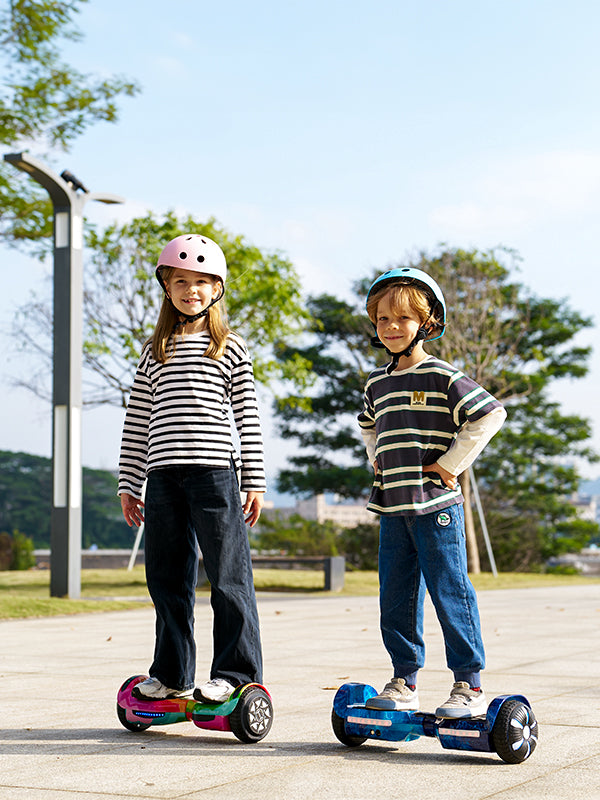




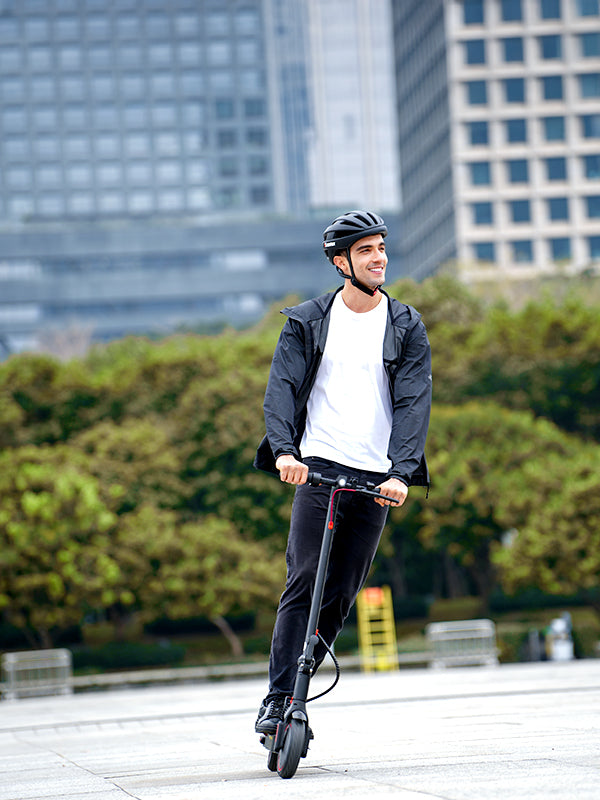




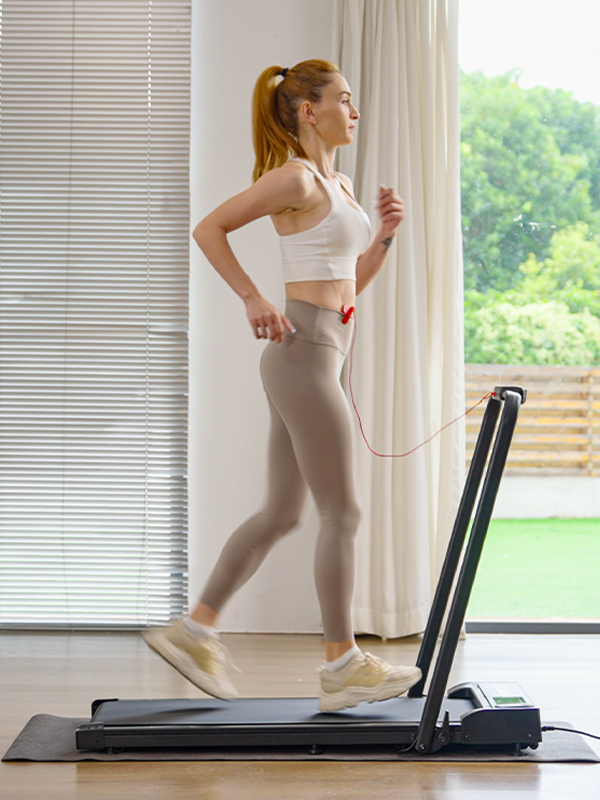





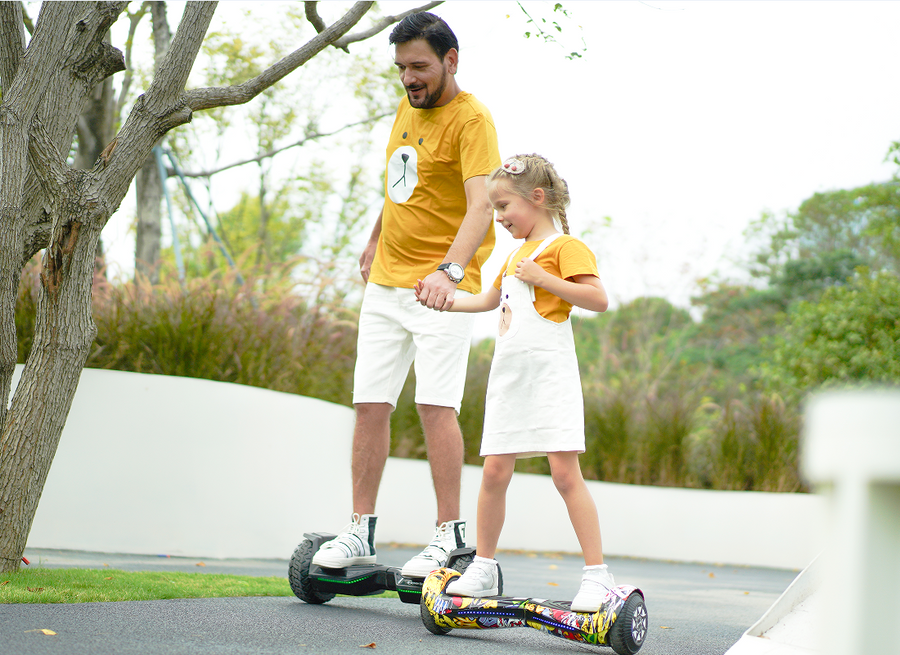
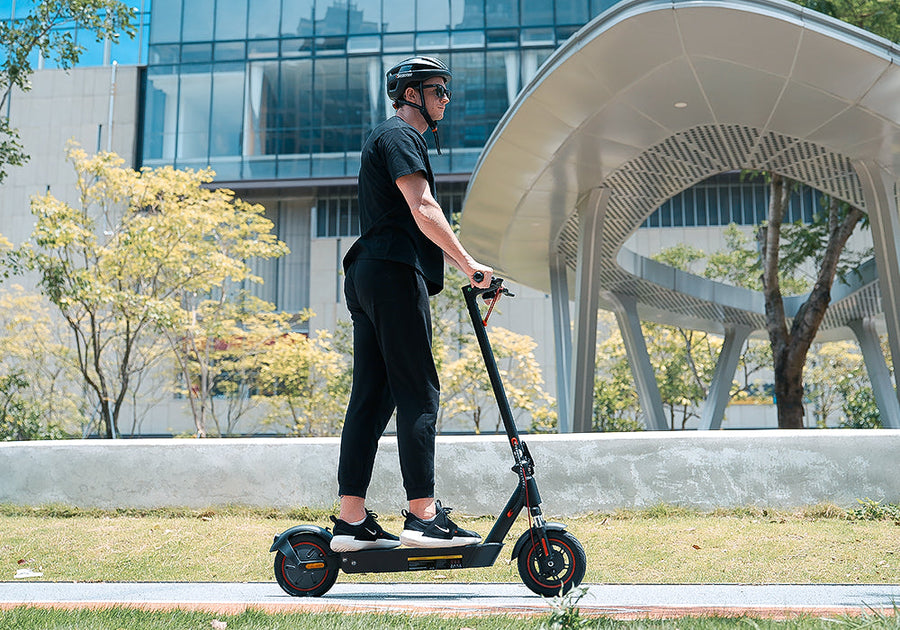
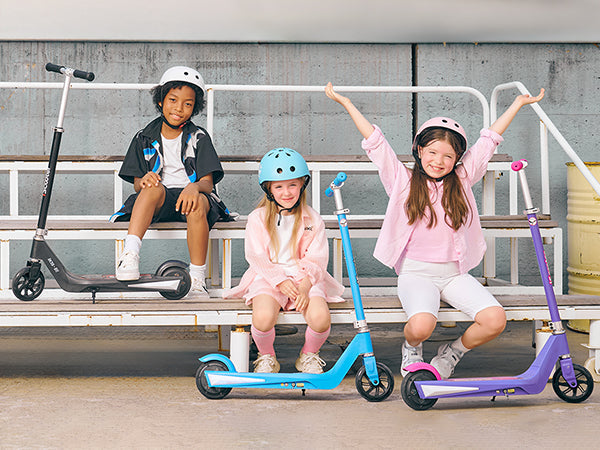
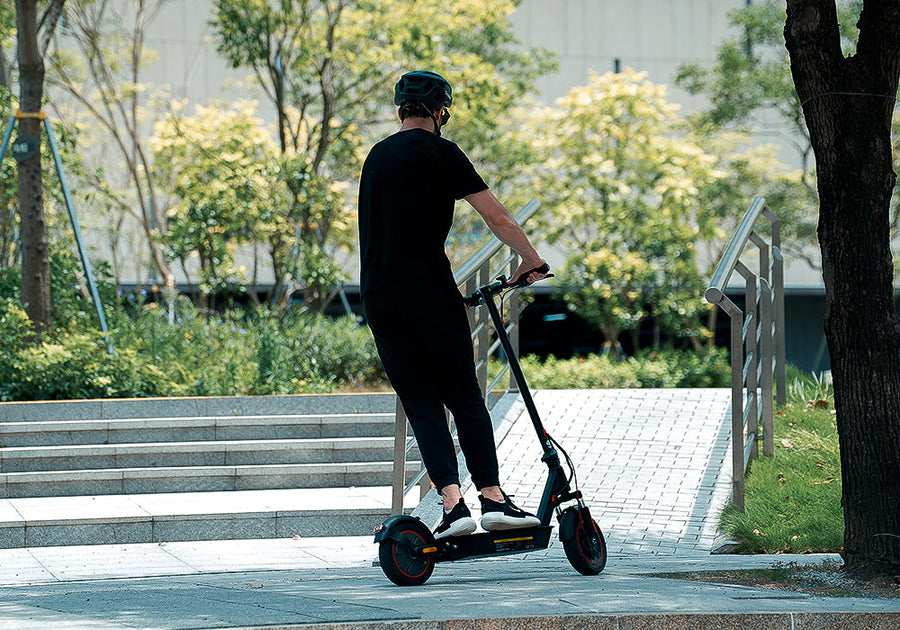


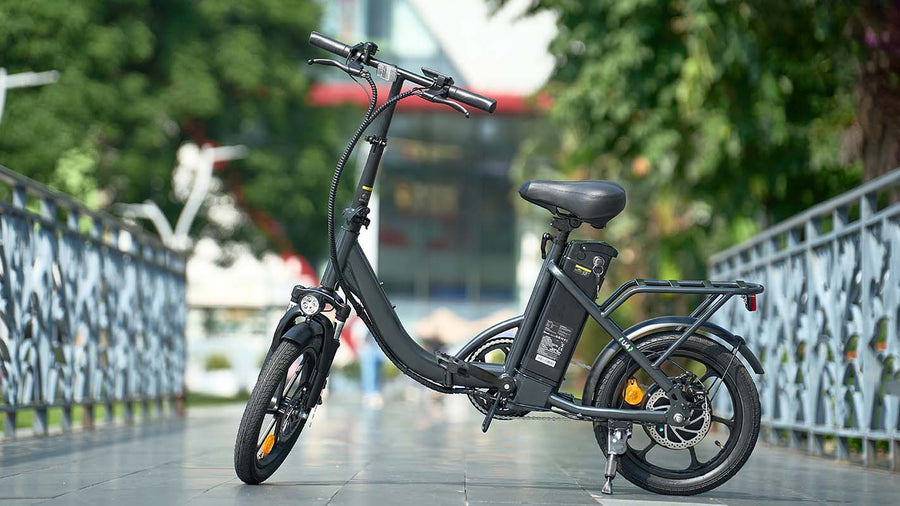
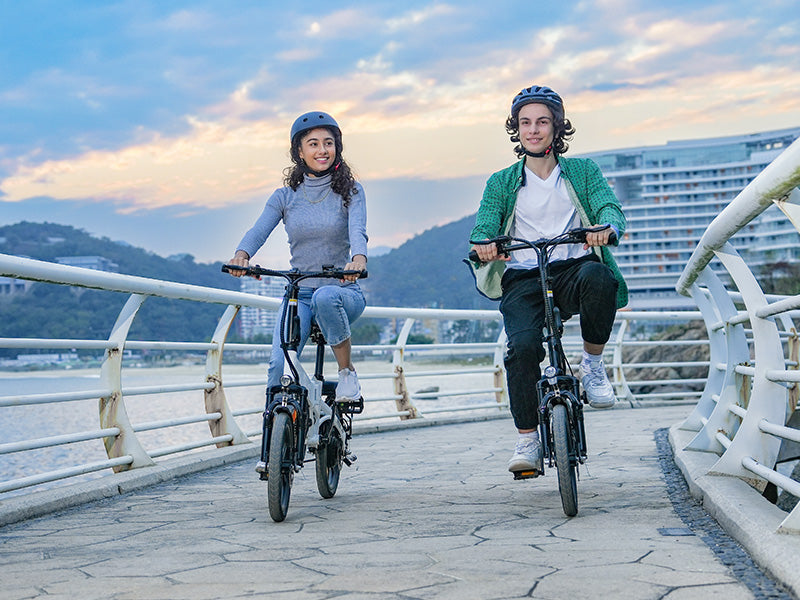



Still, need help? Contact Us: support@ihoverboard.com
What's the option? Check out the option now!
Leave us a message